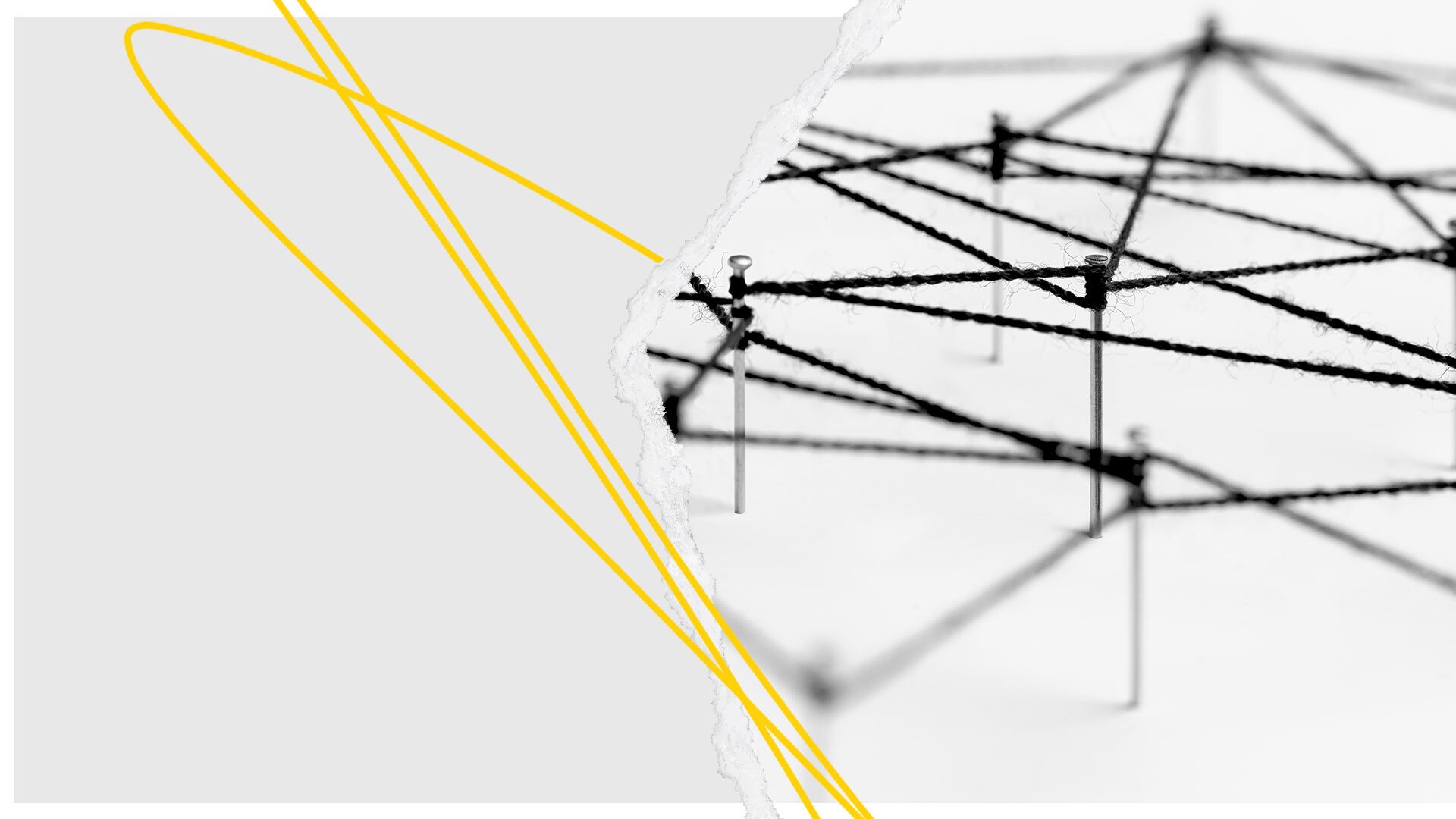Over the last few months, there has been a lot of talk about Web 3.0. Web 3.0 is dramatically changing the World Wide Web, impacting everything from social media to the blockchain.
If you’re feeling clueless, don’t worry. Lots of people aren’t entirely sure what Web 2.0 is, let alone how it’s evolving.
So in a new series of posts, we’re going to start exploring Web 3.0 and its impact on next-gen technologies like the blockchain.
What is Blockchain Interoperability?
Today, we’re going to look at blockchain interoperability. Blockchain interoperability is the ability for different blockchain technologies to interact with one another.
As it currently stands, the walls between different blockchains are pretty high. There isn’t too much co-mingling allowed. While this may feel like an immutable aspect of the unchanging blockchain, we can potentially knock down these barriers with Web 3.0 technology.
If this were to happen, we’d begin to see interoperability open up between different blockchain solutions. That would allow users to move data from one blockchain to another, trade assets more easily, and maximize their use of the blockchain.
Why is interoperability important to blockchain?
Create a decentralized ecosystem
Blockchain interoperability will help create a truly decentralized ecosystem. One of the core goals of blockchain tech is to provide access to an asset that isn’t owned or controlled by any single entity.
By opening up interoperability, users will have more freedom and access without the need for increased control or oversight.
New Web 3.0 opportunities
Blockchain interoperability could also create space for new Web 3.0 possibilities. You can use interoperability to mix and match blockchain technologies.
Each blockchain network has unique strengths and weaknesses. As a result, users often pick one over the other, missing out on some features in favor of others.
With interoperability, users can make the most of features across different blockchains — removing the need for an either/or choice.
Improve data transparency and verifiability
Blockchain interoperability will also allow for improved data transparency and verifiability. By getting different blockchains to “talk” to each other, we can enable validation between various blockchains, creating richer history for data and fewer chances for exploitation.
How to achieve interoperability?
Fortunately, the road to blockchain interoperability is already being paved. Businesses and startups are already working on an interoperable ecosystem for blockchain tech.
Interoperability relies on the development of cross-chain bridges to close the gap between blockchain networks and new ecosystems that support multiple blockchains. Developers are already working on these bridges with projects like Harmony and Polkadot. And Cosmos is a multiple-blockchain ecosystem already in use.
It’s only a matter of time before we see more interoperability solutions and move closer to a truly open blockchain universe.
Learn more about Web 3.0 and the future of blockchain technology
There’s a world of innovation to explore surrounding Web 3.0 and blockchain technology. To learn more about Web 3.0, blockchain, and more, head to the RebelDot blog.
And for a custom software development partner to help bring your ideas to life, get in touch with the RebelDot team today!






